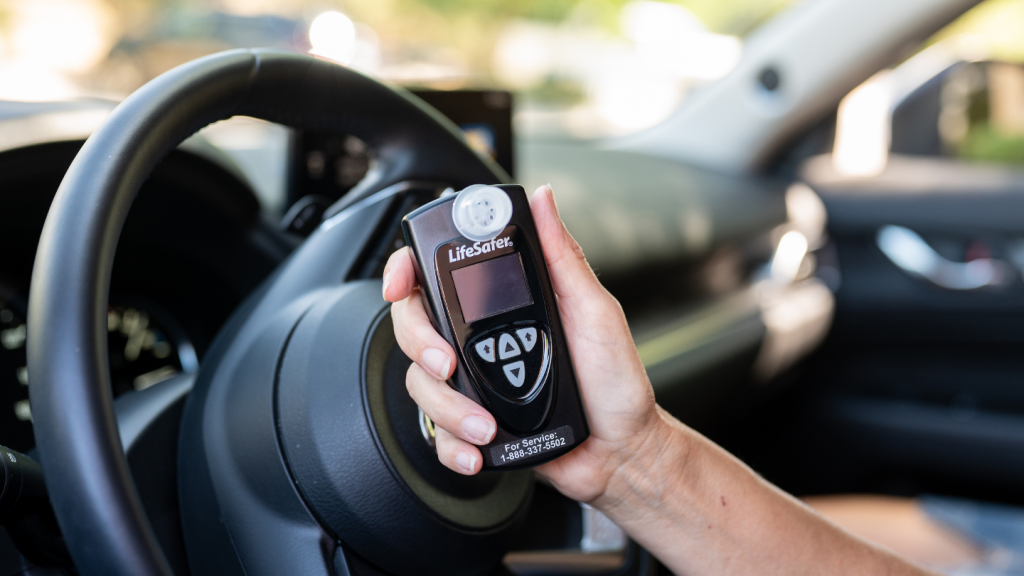Ignition interlock devices (IIDs) utilize technology to ensure that drivers are sober before and during the operation of a vehicle. These devices accurately measure blood alcohol concentration (BAC) through alcohol-specific fuel sensors and, in some cases, advanced features like cameras and GPS tracking. If alcohol is detected in the breath sample or if the camera and facial recognition software can’t verify the identity of the driver, the device will prevent the vehicle from starting.
Technology is constantly changing the way we live and when it comes to road safety, that’s a very good thing. One of the clearest examples of this is how IIDs have evolved into smarter, smaller, and more user-friendly devices.

How Technology Has Transformed IIDs
The first generation of interlock devices used semiconductors to detect alcohol, but the results weren’t always accurate. These devices measured changes in electrical resistance when alcohol (or similar substances) met a heated metal surface. However, semiconductor sensors could be triggered by a wide range of chemicals, not just alcohol.
Modern interlocks, like those offered by LifeSafer Ignition Interlock, use fuel cell technology, which is a more precise and dependable method. The device’s fuel cell is specifically designed to be sensitive to ethanol, the type of alcohol in beer, wine, and liquor. Even if a trace of alcohol is detected from something like mouthwash, rinsing with water will usually resolve it. The result? A much smoother and more trustworthy user experience.
Here are some of the ways technology has improved modern IIDs:
- Faster warm-up times – no long waits, even in cold weather. With the LifeSafer device, you can pre-set warm-up times, so the device is ready to go when you are. It’s also designed to have 4x less battery drain than other devices on the market, helping to preserve your vehicle’s battery life. This is especially important during infrequent use or in colder climates.
- Improved accuracy and reliability with advanced sensors to minimize the risk of false positives.
- Real-time reporting and tamper detection to ensure compliance.
- GPS and camera verification to confirm the correct driver is using the device.
- Seamless connectivity that sends data to monitoring authorities.
The evolution of ignition interlock technology means a better, more seamless experience for users. Devices like LifeSafer are designed not just to meet state requirements but to make life easier for drivers who are working to regain their independence.